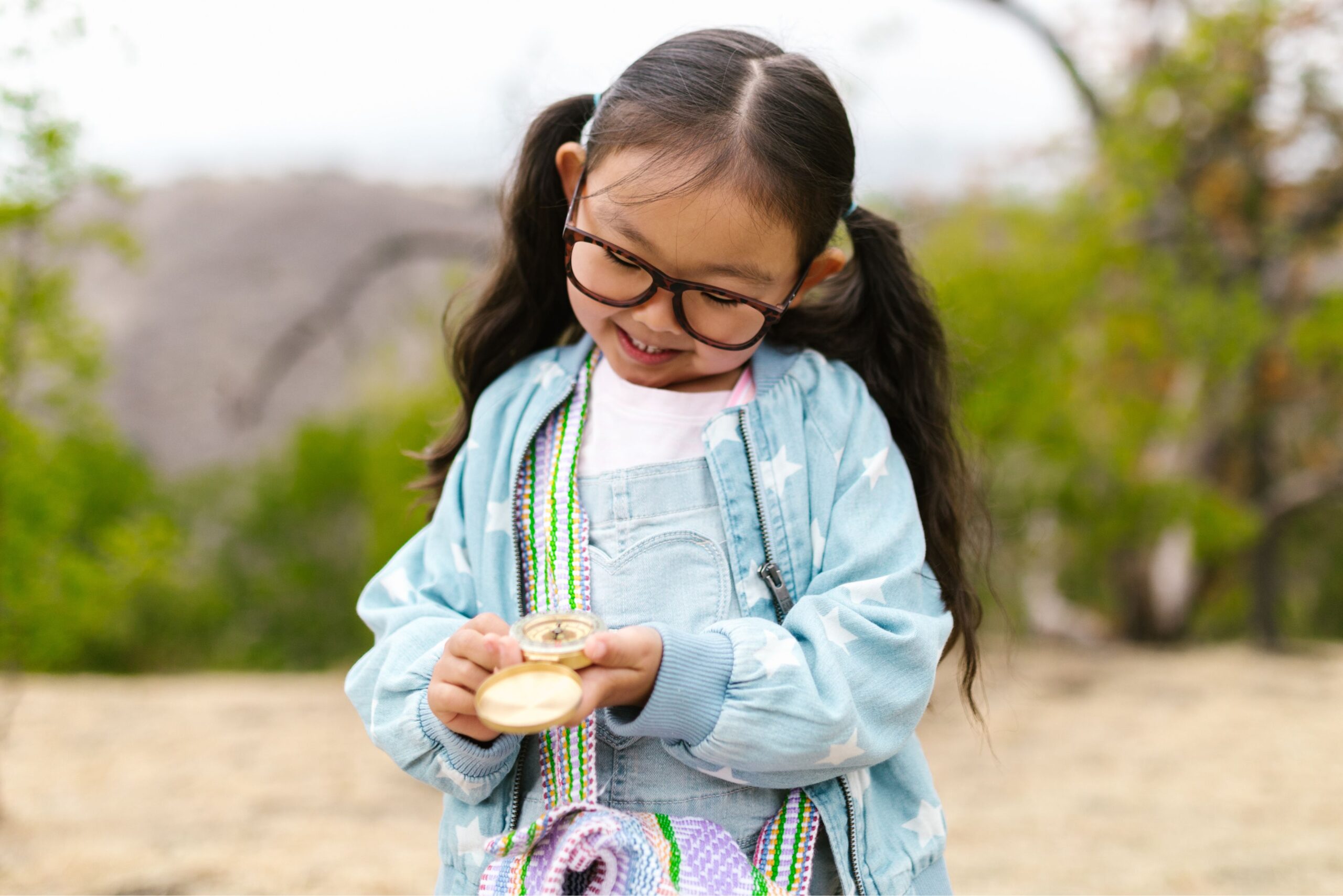When students are stuck in challenging behaviors, it often reflects dysregulation in their nervous systems. Did you know that energy moves to different places in our body depending on our arousal state? In hyperarousal, energy moves to our extremities. In hypoarousal, energy moves into the center of our bodies. Why does this matter?…..
When we intentionally offer regulation strategies that match where the energy is showing up, it’s much more likely to be effective.
For example, if a student is hyperaroused and the energy moves to their hands they might start tapping a pencil on their desk. If this makes noise it can be very distracting in a classroom. This behavior offers a clue that the student needs alternatives to address the energy in their hands.
While taking a breath or rolling tight shoulders might be great regulatory strategies, neither directly addresses the energy in the student’s hands. Rubbing or stretching your hands or doing compressions or flexing your fingers are all examples of options that address energy showing up in our hands, that don’t distract others.
Here’s What That Means for Us:
✨ Behavior shows us if students are hyper or hypoaroused, and offers clues to what might be effective in that moment to move them back to a regulated state.
✨ When we notice where the energy is showing up, we can intentionally offer alternatives that address the regulatory needs in that moment.
Practical Takeaway: Here’s What You Can Do
If you’ve felt frustrated or stuck when trying to address student behaviors, consider the following:
- Behavior as a clue: Ask “What is this behavior telling me about their arousal state? Are they stuck in hyper (doing something with their hands or feet) or hypo (disengaged or slumped over on their desk) and need help moving back to a regulated state?”
- Re-directing energy: Observe where the energy is showing up in their body and guide that energy in a more constructive way by modeling an alternative or offering a learning tool (a regulation tool that addresses the energy).
*Behavior isn’t just an obstacle; it’s communication. When we approach it with curiosity, we can unlock effective strategies that foster real connection and growth.
Let’s reframe how we view behavior and unlock the tools for deeper understanding and transformation! Try out some of these strategies with your students and let us know how it goes.
With curiosity and support,
Judy & Team SEI 💛
In Case You Missed It:
We explored this topic in depth during our free webinar, Using a Student’s Behaviors to Decode their Needs.
If you missed it, don’t worry—add the webinar to your SEI course library. Access it here.






